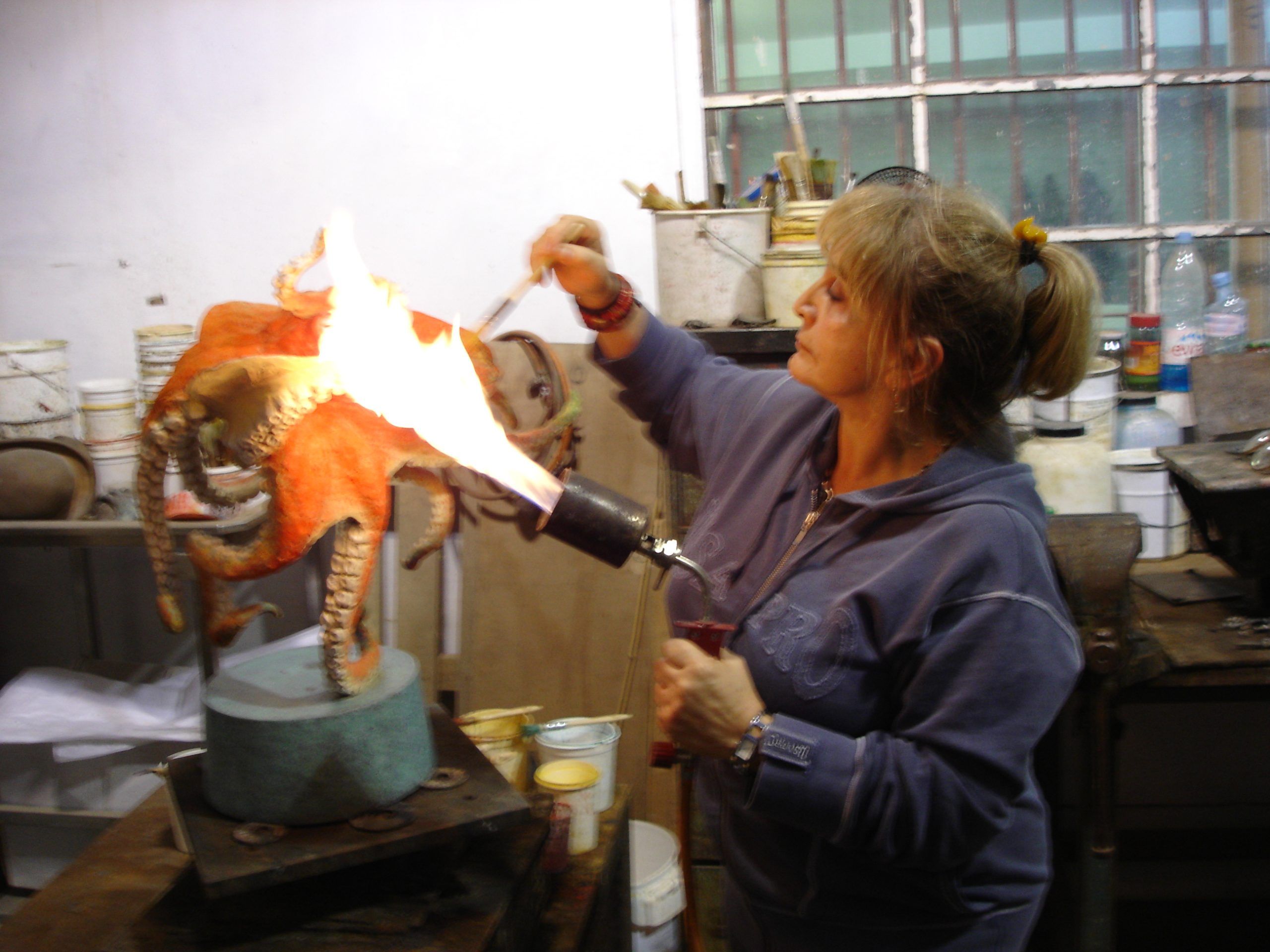In the shifting world of events, where competition for attention is stiff and first impressions are everything, exhibitors are constantly searching for tools that genuinely engage attendees. Standard booths, once filled with paper brochures and blinking lanyards, now compete with a sea of immersive displays and experience-first design. And yet, despite all this change, the core objective remains the same: to be noticed, remembered, and ideally, revisited.
Among the many visual tools rising in prominence is the humble lightbox—though “humble” may no longer be the right word. These luminous panels have quietly transitioned from background props to centre-stage components in modern event design. But can lightboxes really improve customer engagement, or are they just another pretty distraction?
Why Visual Stimuli Still Matter
Let’s start with the basics. Human attention is finite and fiercely contested at trade shows, expos, and corporate events. With so many companies vying for a share of the crowd’s gaze, standing out visually is not just helpful—it’s essential.
Studies in consumer psychology repeatedly confirm that visual information is processed faster and retained longer than text. Bright displays, sharp contrasts, and motion draw the eye faster than static posters ever could. It’s hardly surprising, then, that illuminated displays tend to outperform traditional setups when it comes to drawing foot traffic.
But engagement isn’t just about being noticed; it’s about what happens next.
The Role of Interactivity
This is where things get more interesting. A glowing lightbox might pull someone toward your stand, but it takes more to hold their attention. In recent years, interactive signage for booths has emerged as a natural extension of lightbox technology—offering not just visual appeal but also a tactile or digital point of interaction.
Think of it this way: if a traditional sign tells a story, interactive signage lets the visitor co-author it. Whether through touchscreens, motion sensors, or QR-triggered experiences, these upgraded displays invite action. And action, as it turns out, is a pretty reliable path to engagement.
Interactive signage encourages dwell time. It creates a pause, however brief, that might lead to a meaningful exchange with your team—or at the very least, leave a stronger impression. When paired with good lighting, these experiences can dramatically elevate a brand’s perceived innovation and professionalism. It’s not just flash; it’s function.
Where Lightboxes Shine
Let’s not pretend every LED box is a magic bullet. Like any tool, its effectiveness depends on context and execution.
Lightboxes are most impactful when used to frame a story or message with clarity. They’re excellent for showcasing bold branding, product visuals, or messages that benefit from high contrast and legibility in bright, noisy environments. In darker or ambient-lit spaces, their glow acts like a silent beacon—subtle, but incredibly effective.
However, not all setups benefit from high-luminosity displays. If your event space is already saturated with intense visuals, the last thing you want is another element shouting into the void. In those cases, design restraint (and perhaps even analog charm) might prove more effective.
And yes, there’s a budget consideration. While prices for LED displays have come down in recent years, high-quality interactive lightboxes still represent a serious investment. For brands attending multiple large-scale events annually, the ROI may be clear. For a one-off trade show appearance, not so much.
Designing For Engagement
There’s a temptation, especially when dealing with new tech, to throw every visual trick at the wall and see what sticks. But good engagement isn’t about volume—it’s about clarity, relevance, and timing.
A well-designed lightbox should do more than glow; it should guide. Consider using it to highlight your most essential message, introduce a product demo, or invite users into a tactile experience. And if you’re pairing your lightbox with interactive components, make sure the user journey feels intuitive. No one wants to struggle with unclear buttons or laggy screens in the middle of a bustling event floor.
Done right, these tools work in tandem—form supporting function, light leading to action.
Final Thoughts
In an era increasingly dominated by virtual interactions and screen fatigue, the physical presence of light and interactivity carries new weight. Lightboxes offer a blend of familiarity and innovation: they’re straightforward enough to be trusted, yet novel enough to pique curiosity.
We’re likely to see further evolution in this space—smarter integration with mobile devices, real-time data capture, and even augmented reality overlays. But the core appeal remains timeless: attracting eyes, sparking interest, and (with any luck) starting a conversation that extends beyond the booth.
For brands willing to invest in thoughtful design and meaningful interactivity, lightboxes can be far more than visual wallpaper. They can be the starting point of something much deeper—a handshake in light, if you will.




